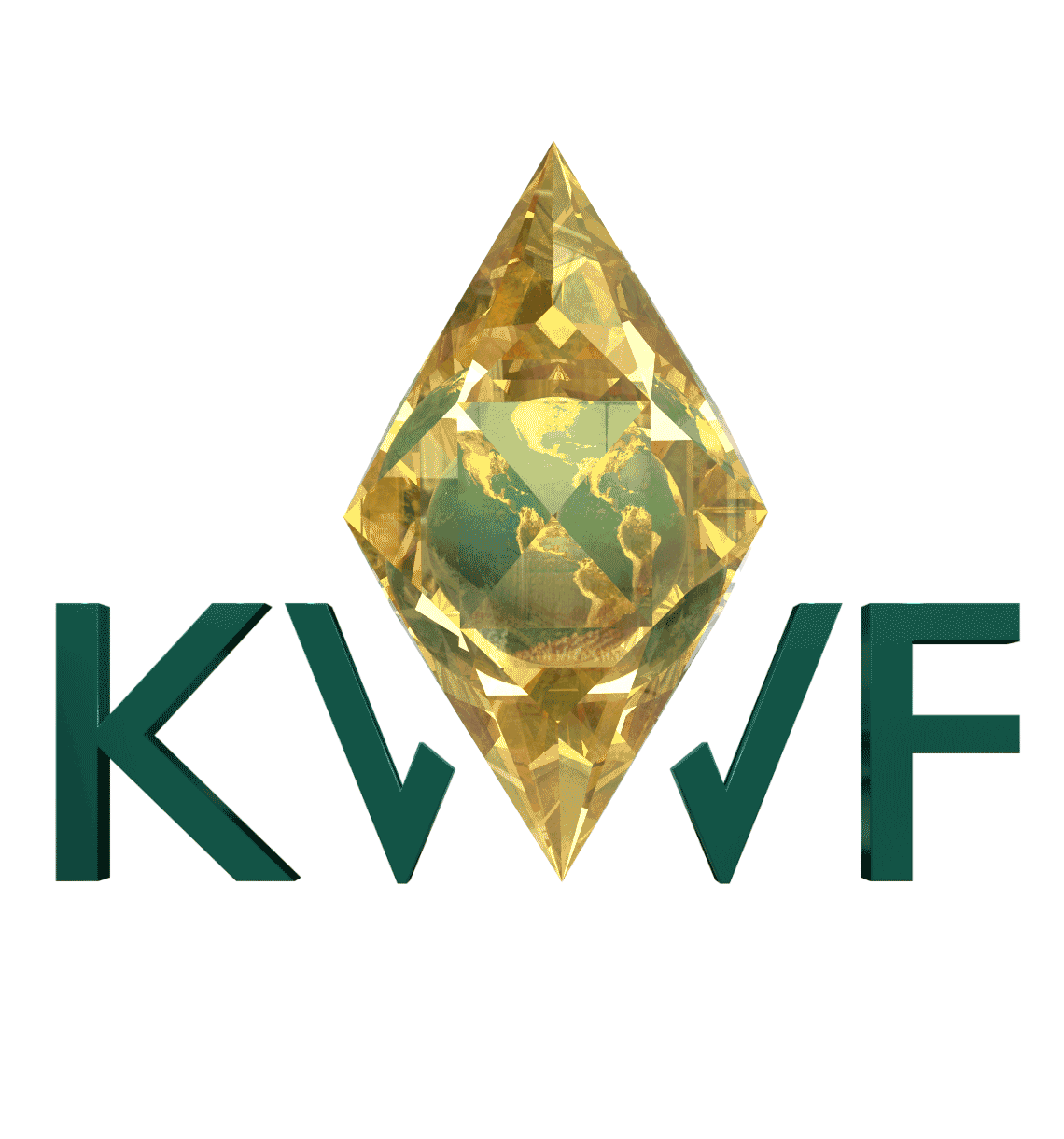Mystical Creatures of Cayman Islands - Story of the Blue Iguana
- Kashmir World Foundation

- Jan 30, 2015
- 7 min read
By Dillon Jones, KwF Wildlife Researcher

On the Mystical Cayman Islands there lives a truly prehistoric creature, the Grand Cayman Blue Iguana (cyclura lewisi). A turquoise creature that, a decade ago, was facing extinction. But now with the help of captive breeding and proper management it has rebounded with tremendous speed, coming from less than a dozen on the whole island, the species has skyrocketed to over 900 individuals.18 This marks an absolutely incredible victory for endangered wildlife conservation, and sets the framework for future conservation efforts.
The Grand Cayman Blue Iguana is a large lizard native to the Cayman Islands in the caribbean. They reach lengths of up to 5 feet, weigh over 25 pounds, and are characterized by their turquoise color, which is most prominent when excited, or searching for a mate.2 Their diet consists of over 45 plants found on the island, however they do on occasion partake in an omnivorous diet, consuming slugs, insects, and crabs. The grand cayman Iguanas are the longest living of any iguana species reaching ages of 65 years plus. Female iguanas are able to lay over 20 eggs in a clutch. She begins by digging a deep tunnel into the earth until she senses that the temperature and humidity are just right. She then covers the hole and leaves the eggs to incubate for 65 to 100 days after being laid. After that point the Iguanas are on their own and once they hatch out they dig towards the surface where their new life begins.3

Fully able to fend for themselves from the moment they are born, young iguanas spend their time in the trees to escape predators such as snakes, and as they age they become more terrestrial.4 Iguanas are a solitary animal where each male and female iguana have their own territories in which they defend and maintain. At 2 ½ years, iguanas are sexually mature and begin to find mates.5 During breeding season beginning in march, the male and female iguanas tolerate each other in their territories. Females are hardly receptive of males for the first month however, in the first two weeks of May mating is at its highest point. The males try to defend as many female territories as possible from competing males and will chase and fight them viciously. Fights can end in missing toes, spines, and even chunks of skin being ripped off.The result; one male being victorious. However, once the mating season is over the tables turn. By late June or early July,Females, often much larger than males, now drive their suitors out of their territory in order to lay their eggs, thus starting the cycle all over again.6
The iguanas have several basic needs for survival. Warmth, food, water, moist deep soil to lay eggs in, shelter, safety and mating partners.7 However, the population has been on the decline for some time, due to some of these needs being eliminated or severely decreased. Human development has destroyed many of the iguanas native habitats and converted it to farmland. When created on the islands, some farmlands are able to serve the iguanas basic survival needs, however they eliminate natural areas where adult iguanas can lay eggs. When abandoned, non-native grasses grow into the farmland and form dense, root mats. The iguanas are unable to dig where the roots form and can not lay their eggs. The plant “Maiden Plum” (comocladia dentata) will also grow, which is a highly toxic shrub to the iguanas. 8 Introduced predators such as dogs and cats hunt and eat the young iguanas leaving few to survive to adulthood.9 By 2005, any young born in the wild were not surviving to breeding age, making the species functionally extinct in the wild.10

The blue iguana is threatened by many animals that reside on the island. Every stage of the iguanas life is at risk. Eggs and juveniles can be consumed by rats, young iguanas are threatened by feral cats, and adult iguanas can be eaten by dogs. In June of 2006 dogs in one of the captive breeding facility killed two iguanas and maimed a third. 13 The common green iguana has also been introduced onto the island where they outnumber the blue iguanas. They are able to avoid predators and live in urban areas much better than the blue iguanas can. The green iguanas are better adapted to avoiding predators; which in an urban setting is rife with dangers, cars, dogs, and humans for example, and are much stronger climbers than their grand cayman cousins. Additionally many of the locals believe that the common iguana is the blue iguana despite many differences. However there are a few select groups that will remove the green iguanas for any resident.14
The Blue Iguana Recovery Programme has played a crucial part in the restoration of blue iguana populations. It started as a small project in 1990 originating from the National Trust for the Cayman Islands. They are now partners with the trust and spearhead the recovery of blue iguanas onto the island.11 Their goal is to reach 1000 iguanas living in the wild, and are doing so with a captive breeding program and subsequent release into the wild, all while maintaining a genetically diverse population. 2 populations are currently being maintained in the Saline Reserve and the Queen Elizabeth II Botanic Park. Individuals are transplanted between the populations in order to maintain the genetic diversity.12

“Our hardest challenge at the start was lack of knowledge. We only overcame that by studying the remnant wild population” said Fred Burton, Programme Director of the Blue Iguana Recovery Programme. “Our learning accelerated rapidly when we began studying the released population we managed to establish in the QE II Botanic Park….Which led to a breakthrough in breeding success and growth rates of the young [Iguanas].... The end result was that we were breeding and releasing 100 + iguanas a year, which was enough to drive the rapid population increase.” 18

In May of 2008, a grisly site unfolded in the Queen Elizabeth II Botanic Park. 7 blue iguanas were violently murdered and 2 were injured by unknown persons. From the wounds it was determined that they were stamped on repeatedly, dismembered and cut. Four males, Yellow, Pedro, Digger, and Eldermire, and 1 female, Sara, were found dead on arrival. Jessica, another female iguana, was found thrown out of the cage and still alive but in shock. She later died from injuries sustained along with Matthius, another male found dragging along a broken leg, who did not survive long enough to even take an x-ray.15 Two other iguanas, Billy and Archie, were also injured in the attack suffering serious internal injuries.
After these attacks the community rallied for the Blue iguanas. Nearly $13,000 was raised by community volunteers, $11,000 of which was used as a reward fund for information about the killing of the blue iguanas. Substantial unreserved donations were also given to the Blue Iguana Recovery Programme to be used wherever necessary. Many local operations were providing support as well. The Departments of Agriculture and Environment provided assistance towards the police investigation of the killed iguanas and helped care for the injured iguanas with St. Matthew’s Veterinary School and Island Veterinary Services. Also, Ocean Frontiers provided accommodation towards International Reptile Conservation Foundation personnel who came to assist with the crisis. “This was the most remarkable result of the tragedy.” said Fred when asked about the incident. “Indeed, the local community rallied behind us and for the first time we saw the result of years and years of public outreach, news stories and education efforts. The news saturated all local media for a fortnight, it went global, and people here spontaneously started raising funds to build a security fence and help in any other way needed. That was inspiring. It was also a key part of the political process that led to the establishment of the Colliers Wilderness Reserve.”18
“Billy and Archie recovered fully, thanks in part to emergency vet assistance from the Wildlife Conservation Society.” responded Fred. However, “The perpetrator was not caught, and the official line ended up being inconclusive over human involvement (despite extremely strong circumstantial evidence)....The mood as you can imagine was grim, initial shock followed by anger at the pointlessness of it all”18

Can saving the Blue Iguana help save other animals, whether reptile or not? Fred believes so. “There are two ways this might happen.” He responded, “One is the simple fact that success in saving a desperately endangered species is proof in practice that it can be done. There are a dozen or so unambiguous success stories like this that are well enough known to convince individuals and organizations to commit to trying, even at the stage when it seems to be too late, or key knowledge too hard to come by…. I think the process of learning from the animals in the wild, whether originals or released ones, and using that to refine and guide captive breeding and rearing protocols, then investing in the rigorous science needed to understand and quantify the success or otherwise of the restoration work, and adapting management in response to that, is the model we have shown to work. And the importance of continual ongoing public engagement, which is always so hard to measure and assess, shines through in the end.”18
The success story of the blue iguana is, unfortunately, rare in animal conservation however, the degree to which they returned from the brink does give hope. The current numbers of the blue iguana population prove that proper conservation of endangered species works. And by implementing the proper knowledge, methods, and hard work, any species can be brought back from the brink. “And perhaps a final thought - work like this takes expanses of time - in this case, decades of continual effort. We've been at this for some 25 years now, and the job still isn't done!”18
BILBIOGRAPHY
8 “Adult Territoriality and Breeding - Blue Iguana Recovery Program.” Accessed November 24, 2014. http://www.blueiguana.org/iguanas/cayman/adult/.
11“Blue Iguana Recovery Program » The Blue Iguana Recovery Program on Grand Cayman, Cayman Islands.” Accessed November 23, 2014. http://www.blueiguana.ky/.
2 “Cayman’s Imperiled Blue Iguanas on the Rebound.” The Big Story. Accessed November 23, 2014. http://bigstory.ap.org/article/caymans-imperiled-blue-iguanas-rebound.
3 “Eggs and Hatchings - Blue Iguana Recovery Program.” Accessed November 24, 2014. http://www.blueiguana.org/iguanas/cayman/eggs/.
18 Fred Burton. Interview with Fred Burton, Programme director of Blue Iguana Recovery Programme, n.d.
13 “Grand Cayman Blue Iguana – Threats - International Reptile Conservation Foundation.” Accessed December 7, 2014.
http://www.ircf.org/programs/grand-cayman-blue-iguana/grand-cayman-blue-iguana-threats/.
14 “Grand Cayman Tries to Eradicate Invasive Green Iguanas.” Voices. Accessed December 7, 2014. http://newswatch.nationalgeographic.com/2012/05/21/grand-cayman-tries-to-eradicate-invasive-green-iguanas/.
7 ,8 “Habitat Protection - Blue Iguana Recovery Program.” Accessed November 24, 2014. http://www.blueiguana.ky/recovery/programme/habitat/.
1,16,“How Many Blue Iguanas Are There in the Wild? - Blue Iguana Recovery Program.” Accessed November 24, 2014.
http://www.blueiguana.ky/how-many-blue-iguanas-are-there-in-the-wild/.
10,12,17 “Our Conservation Strategy - Blue Iguana Recovery Program.” Accessed November 24, 2014.
http://www.blueiguana.org/recovery/programme/our-conservation-strategy/.
9 “Population Restoration - Blue Iguana Recovery Program.” Accessed November 24, 2014. http://www.blueiguana.ky/recovery/programme/population/.
15 “PR05052008 – Six Blue Iguanas Murdered in Botanic Park - Blue Iguana Recovery Program.” Accessed December 7, 2014.
http://www.blueiguana.ky/pr09052008-six-blue-iguanas-murdered-in-botanic-park/.
18“The Early Years - Blue Iguana Recovery Program.” Accessed November 24, 2014. http://www.blueiguana.ky/iguanas/cayman/early/.





Comments